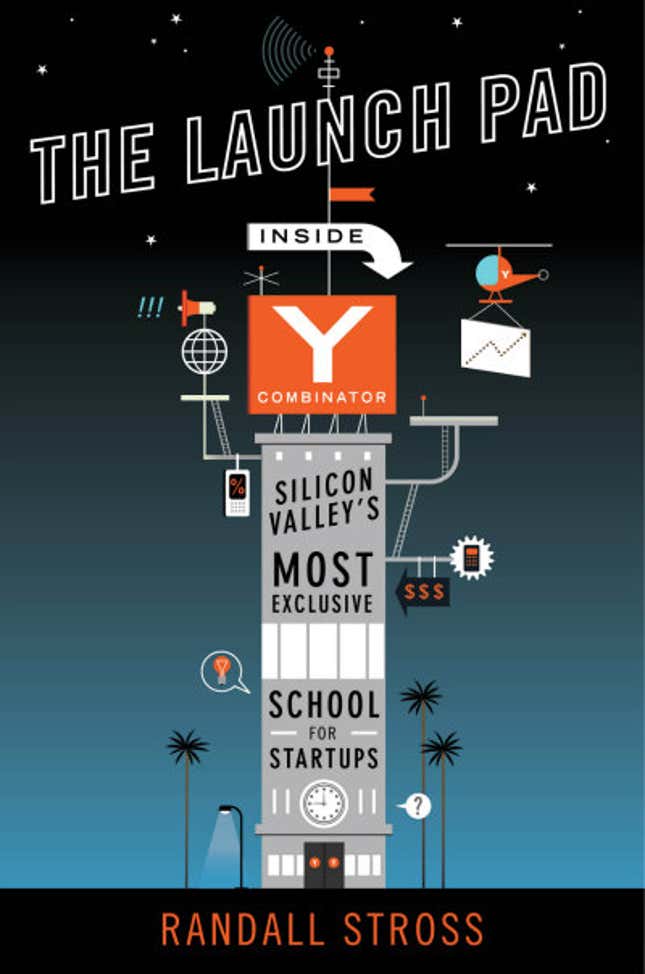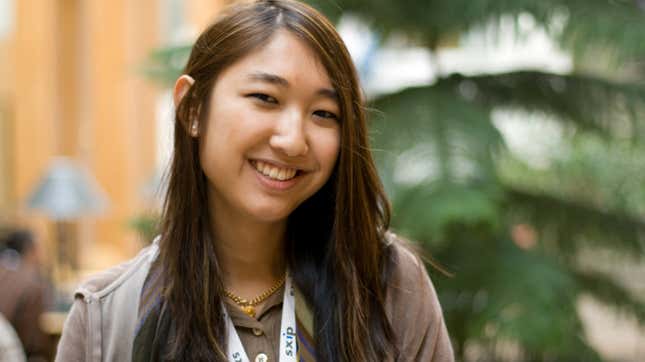
In Paul Graham’s view, startups are qualitatively superior to large corporations in just about every way. Leading the list is the ability of founders to choose one another and then hire employees considering nothing but merit.
“I would be reluctant to start a startup with a woman who had small children, or was likely to have them soon. But you’re not allowed to ask prospective employees if they plan to have kids soon,” Graham, the founder of Y Combinator, Silicon Valley’s exclusive startup fund, told the Harvard Computer Society in March 2005.
These words would be read back to him years later by critics of YC. To them, it appeared that Graham was discriminating in the same way when it came to selecting participants in his sought-after seed program for entrepreneurs. The evidence seemed clear enough. YC’s classes were almost all male.
A few months after his talk at Harvard, Graham noted in an essay that the shortage of women was manifest not just at YC but also at startups generally. He had recently run across mention that only 1.7% of venture capital-backed startups were founded by women. “The percentage of female hackers is small, but not that small. So why the discrepancy?” he asked. “When you realize that successful startups tend to have multiple founders who were already friends, a possible explanation emerges. People’s best friends are likely to be of the same sex, and if one group is a minority in some population, pairs of them will be a minority squared.” Underrepresentation was a matter of “math,” he said, not “malice.

YC doesn’t ask about gender (or race) in its application and does not have an exact statistic for the male/female ratio. But up through its 12th batch, the winter 2011 class, co-founder Jessica Livingston (Graham’s wife) estimated that only about 4% of the founders had been women. Then came the summer 2011 batch. Among its 160 founders, instead of the six or seven women founders that would be expected based on the male/female ratio in previous batches, there were only two women. Two out of 160 is just a hair more than 1%.
Some female founders had come in for interviews as finalists, but they were not hackers. The problem, Graham suggested, was that hacking generally begins around the age of 13, when boys show more interest than girls. He also observed that hackers tended to spend time with each other as pairs, and the pairs were same sex. In the six-year history of YC, with more than 300 companies funded, there had been only one instance in which there had been an all-female team, a pair of cofounders.
Graham says that, at the seed stage, investors are backing the founders more than the ideas, and he believes women are generally better judges of character than men. He says he himself possesses nothing more than an “average ability as a judge of character” and he credits Livingston for applying an ability to size a person up quickly to YC’s investment decisions:
“Traditional VC funds have something of the atmosphere of a frat house. A grown-up version, which I suppose you might call a men’s club. YC doesn’t feel like that, and I think it could be a competitive advantage for us. There are certain ways men get stupid when they’re together with just other men. You want to shoot from the hip. You don’t want to seem weak. I think having a culture that’s more balanced between male and female may make the atmosphere at YC more thoughtful.”
Jessica Mah was a member of YC’s summer 2010 batch, one of four women out of 81 founders. She was a newly graduated computer science major from Berkeley, only 19 when she arrived in Mountain View. She had begun college at Bard College at Simon’s Rock, the college in the Berkshires for teenagers who have no need to finish the last two years of high school. After transferring to Berkeley, she met Andy Su, another computer science major and a wunderkind himself: he was a year younger than Mah. The two began immediately working on side projects. In the spring of 2009, in their junior year, they decided to do a startup, inDinero, that would compete online against Quicken’s QuickBooks, offering financial management to small businesses, just as Mint.com had taken on Quicken’s consumer product with an online service. They had a working prototype of inDinero in short order.
When Mah was asked later that year why she chose to start an ambitious startup while she was still in college, she said that she did not understand “why people put too much effort into planning the future when it’s right in front of them.”
Asked her thoughts about the rarity of women in computer science, she said she usually did not give the matter any thought, but a few days earlier it had occurred to her and she realized that she did not have a satisfying explanation. So she asked the women in Berkeley’s computer science department what toys they had played with as children— and whether Barbies were among them—and the answers she received were consistent: no Barbies. Legos were the favorite toy.
She also noticed that most of the female computer scientists had either a mother or a father who was an engineer. This was true in her case, too: her father, an engineer, had given her Legos and science kits.

Mah and Su’s startup received backing almost immediately—a $35,000 summer grant and office space from Lightspeed Venture. They then received another cash grant while seniors when inDinero was selected as a winner in Berkeley’s Venture Lab Competition.
The two inDinero cofounders recruited two software engineers as first hires even before the YC session began. Three weeks into the summer, Mah described the culture that she and Su were creating: “InDinero is actually like a family. We cook and clean for each other, treat each other like playful siblings, work as hard as you’d expect from a group of Asian immigrants.” Shortly after YC concluded, inDinero raised $1.2 million.
In late 2011, Ma was featured in a cover story in San Francisco magazine. “Where is the female Mark Zuckerberg?” the piece asked. The caption accompanying Ma’s picture said, “The stereotype: Only boys launch companies when they’re still in college. The reality: Girls have dorms, too.”
Excerpted from The Launch Pad: Inside Y Combinator, Silicon Valley’s most exclusive school for startups. Published by Portfolio/Penguin. Copyright (c) Randall Stross, 2012.